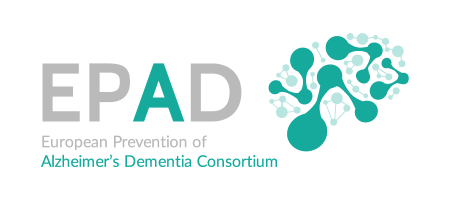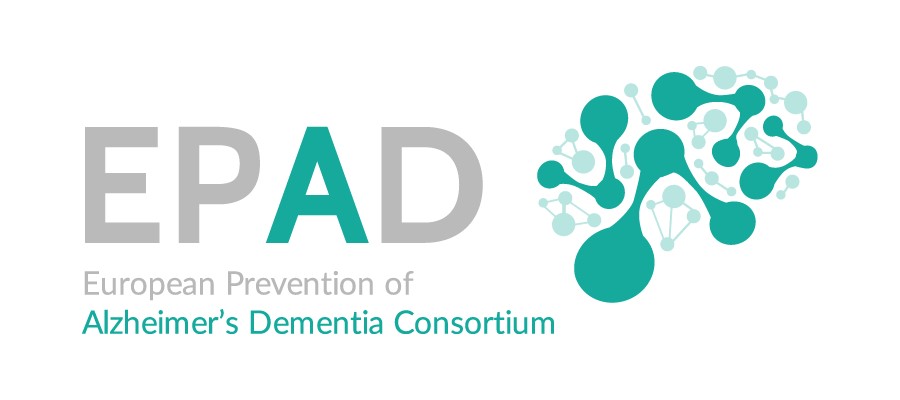“The European Prevention of Alzheimer’s Dementia Programme: An Innovative Medicines Initiative-funded partnership to facilitate secondary prevention of Alzheimer’s disease dementia”

Authors: Stina Saunders, Sarah Gregory, Matthew H S Clement, Cindy Birck, Serge van der Geyten, Craig W Ritchie
Abstract:
Introduction: Tens of millions of people worldwide will develop Alzheimer’s disease (AD), and only by intervening early in the preclinical disease can we make a fundamental difference to the rates of late-stage disease where clinical symptoms and societal burden manifest. However, collectively utilizing data, samples, and knowledge amassed by large-scale projects such as the Innovative Medicines Initiative (IMI)-funded European Prevention of Alzheimer’s Dementia (EPAD) program will enable the research community to learn, adapt, and implement change.
Method: In the current article, we define and discuss the substantial assets of the EPAD project for the scientific community, patient population, and industry, describe the EPAD structure with a focus on how the public and private sector interacted and collaborated within the project, reflect how IMI specifically supported the achievements of the above, and conclude with a view for future.
Results: The EPAD project was a €64-million investment to facilitate secondary prevention of AD dementia research. The project recruited over 2,000 research participants into the EPAD longitudinal cohort study (LCS) and included over 400 researchers from 39 partners. The EPAD LCS data and biobank are freely available and easily accessible via the Alzheimer’s Disease Data Initiative’s (ADDI) AD Workbench platform and the University of Edinburgh’s Sample Access Committee. The trial delivery network established within the EPAD program is being incorporated into the truly global offering from the Global Alzheimer’s Platform (GAP) for trial delivery, and the almost 100 early-career researchers who were part of the EPAD Academy will take forward their experience and learning from EPAD to the next stage of their careers.
Discussion: Through GAP, IMI-Neuronet, and follow-on funding from the Alzheimer’s Association for the data and sample access systems, the EPAD assets will be maintained and, as and when sponsors seek a new platform trial to be established, the learnings from EPAD will ensure that this can be developed to be even more successful than this first pan-European attempt.
DOI: 10.3389/fneur.2022.1051543
Published online: 22 November 2022 in the Journal Frontiers in Neurology

